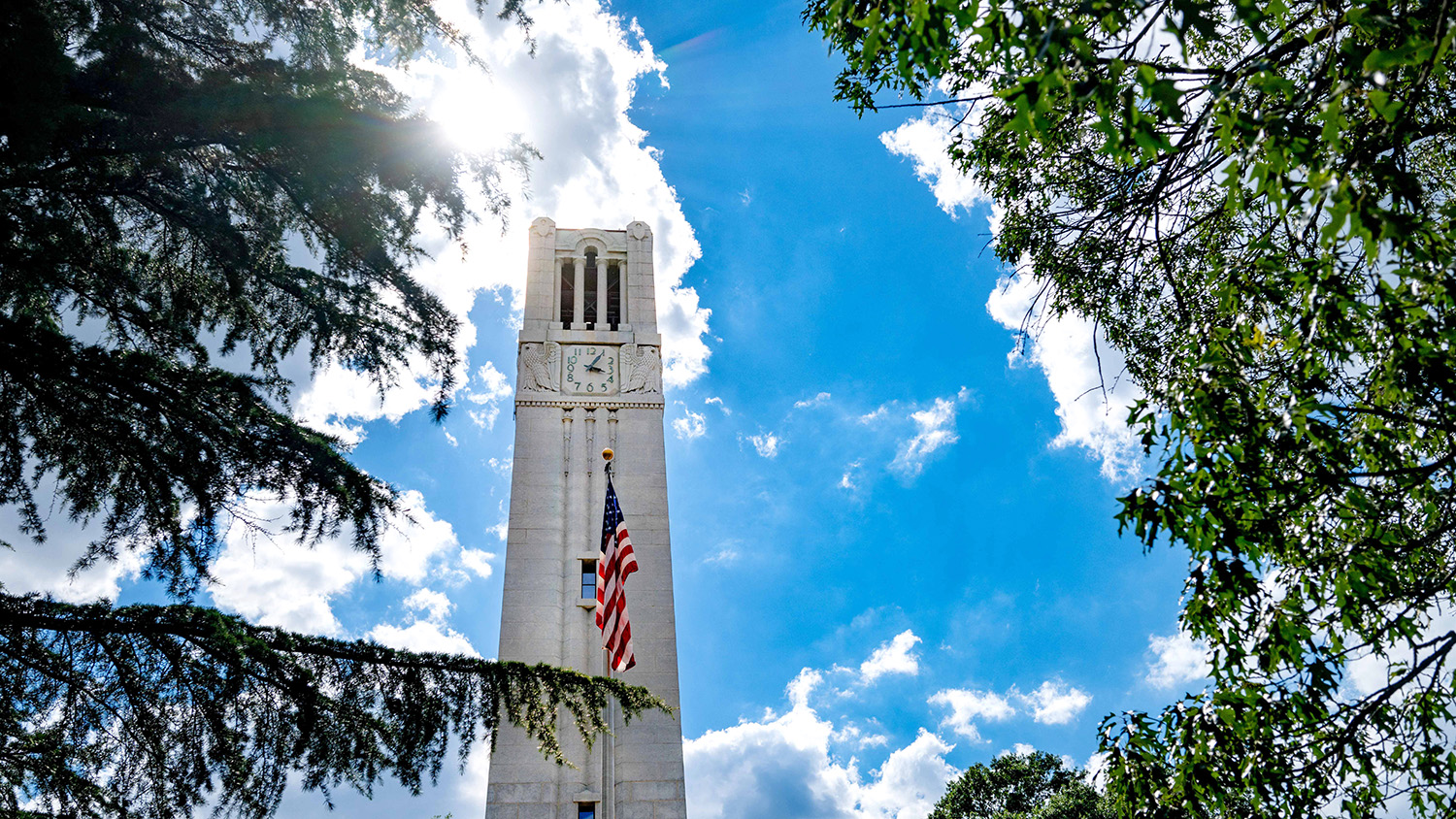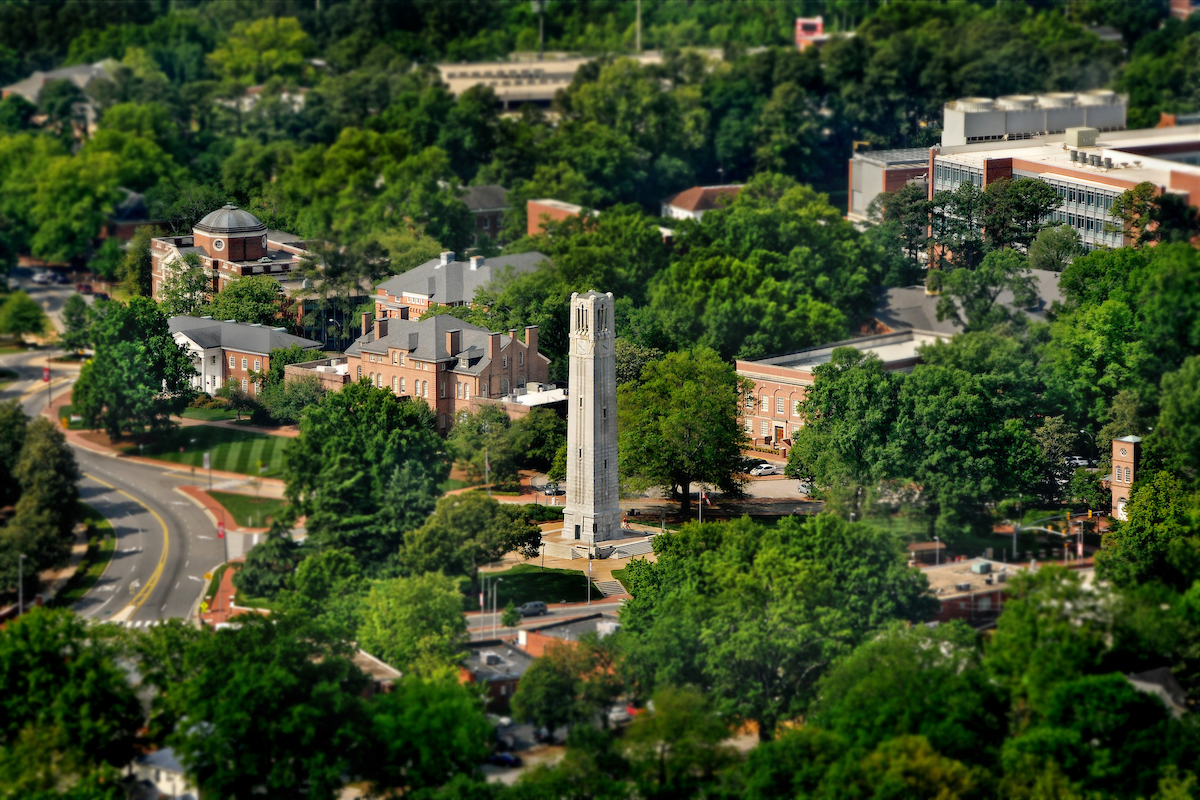One Division Serving the Whole Student
On July 1, 2012, NC State united the divisions of Undergraduate Academic Programs and Student Affairs into the Division of Academic and Student Affairs. This realignment emerged from comprehensive campus-wide strategic planning that laid the foundation for a unified approach to student success and support in all aspects of the student life cycle. I had the pleasure of joining DASA as the inaugural Vice Chancellor and Dean on August 1, 2012, and I look forward to continuing the work of supporting students at NC State. And, as an alumnus of NC State (PhD, 1987), it is great to be back at this great university!
This new division is relatively novel for a large, research-extensive university. DASA brings together programs for academic support, co-curricular activities and programs, residence education and housing, programming in the Arts, key student services such as the Student Health Center, and administrative support for curriculum and assessment. There are four sub-divisions in DASA which provide over 50 different programs that support students and faculty: Academic Programs and Services; ARTS NC STATE; Campus Life; and Student Development, Health and Wellness. Additionally, DASA has Assessment and IT units that serve the campus and division. DASA employs over 450 permanent staff and over 1000 students in various capacities, with a total budget in excess of $82 million. For an overview of our organization and to explore each of the sub-divisions, please go to https://dasa.ncsu.edu/departments-a-z/.
This realignment presented challenges and opportunities. As might be imagined, there was early concern about what the reorganization meant for the future of student affairs, as well as undergraduate academic programs at NC State. Some were concerned that perhaps my arrival would impact the student affairs side of the house (given my career has moved through the academic ranks); however, I have worked extensively with student affairs in my previous institution, and understand the value of bridging the curricular and co-curricular in support of students and have worked to demonstrate that understanding. And, we have worked hard during the first six months to communicate internally the value of our programming in the context of a single new division. The value of having one division focused on the success of the whole student was communicated consistently through the early months of the transition. Communication and relationship building will be key to forging a singular identity for DASA at NC State.
During the first six months, I hosted a division-wide meeting to greet all employees and to begin the dialogue around being a new unified division. I have visited with each program director individually, typically in their physical space, to learn about their programs, how they serve students, and issues that affect their operations. I have also met with college deans and associate deans, the Faculty Senate, and other key leaders across campus to discuss the new division to make the changes visible and to learn how DASA can work with their units to advance student support and success.
I have also worked to develop strong relationships with the presidents of the Student Body and Student Senate, and have participated in numerous student activities on campus to demonstrate support. It is critical to work collaboratively with Student Government to ensure we are meet student needs.
The division has hosted monthly meetings where program leaders and key staff come together to learn about division programs and to help build new relationships across sub-divisions. Recent meetings have featured presentations from a number of programs, to include: Academic Support for Athletes; Arts programming; the Center for Student Leadership, Ethics and Public Service; Housing and Living-Learning Villages; and Student Government.
A strategic planning process has been initiated that will provide opportunities for most staff to have input into the plan for supporting all students. Leadership from across the division will critically examine current programming and begin thinking about new ways to support students. This process will produce a comprehensive strategic plan for DASA by the end of the spring 2013 semester and will provide a roadmap for guiding our work in support of the NC State Strategic Plan: The Pathway to the Future.
The benefits to this reorganization are many. The creation of DASA communicates the importance of both the academic and co-curricular aspects of a college education and provides a structure for unifying campus efforts at student success. It unifies the reporting structure for academic and student affairs to the Provost and Chancellor. It will blur programmatic and sub-division lines to provide more opportunities for collaboration within DASA, and certainly with other units and colleges. And, the creation of development and communications teams will promote a unified prospectus of DASA programs to potential donors and highlight the activities of DASA and students and faculty to the campus and beyond.
This is an exciting time at NC State. The establishment of DASA provides interesting and vibrant opportunities to enhance how we serve all students and promote student success at NC State. We are energized as we become one division that serves the whole student. Let us know how we are doing and share your successes with us so that we can celebrate those as a community. I also invite you to watch for other lines of communication from DASA, from our various Twitter feeds and FaceBook sites to our blogs.
Have a great semester!
Mike
- Categories:


